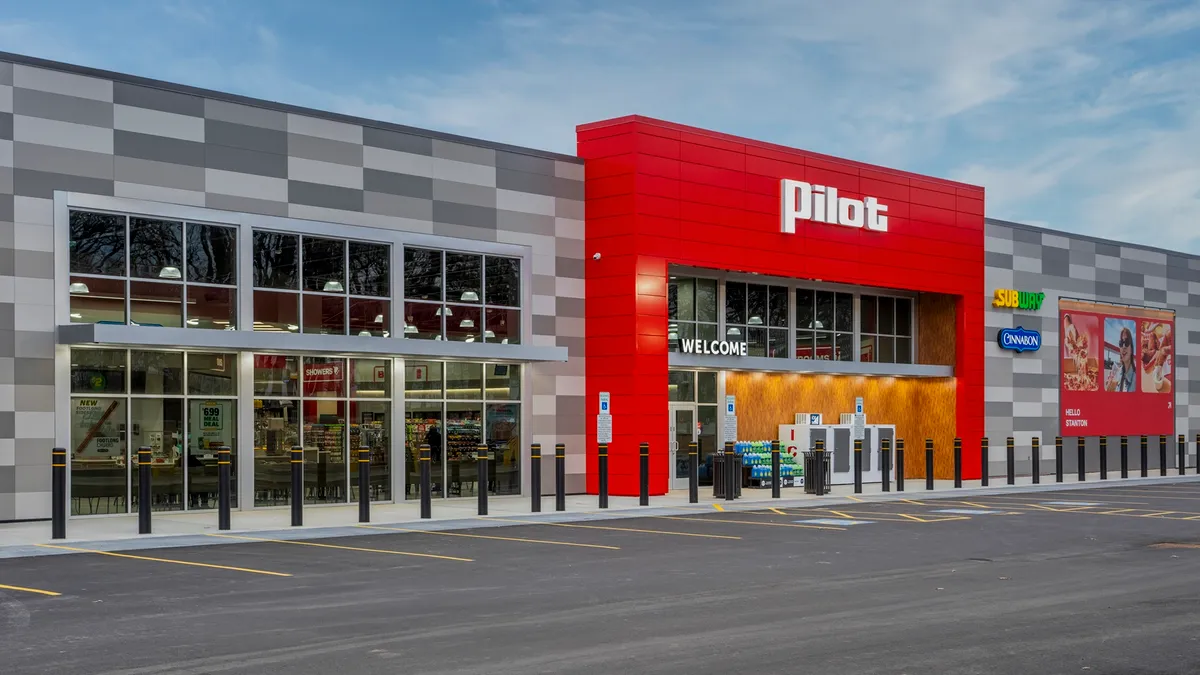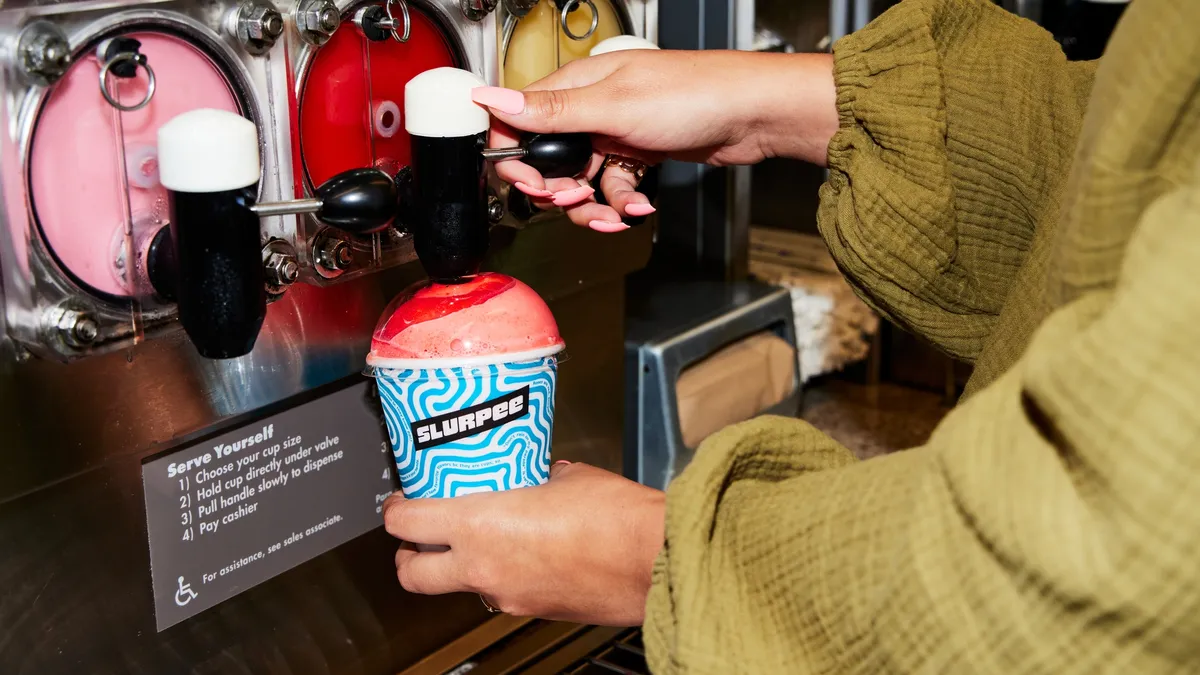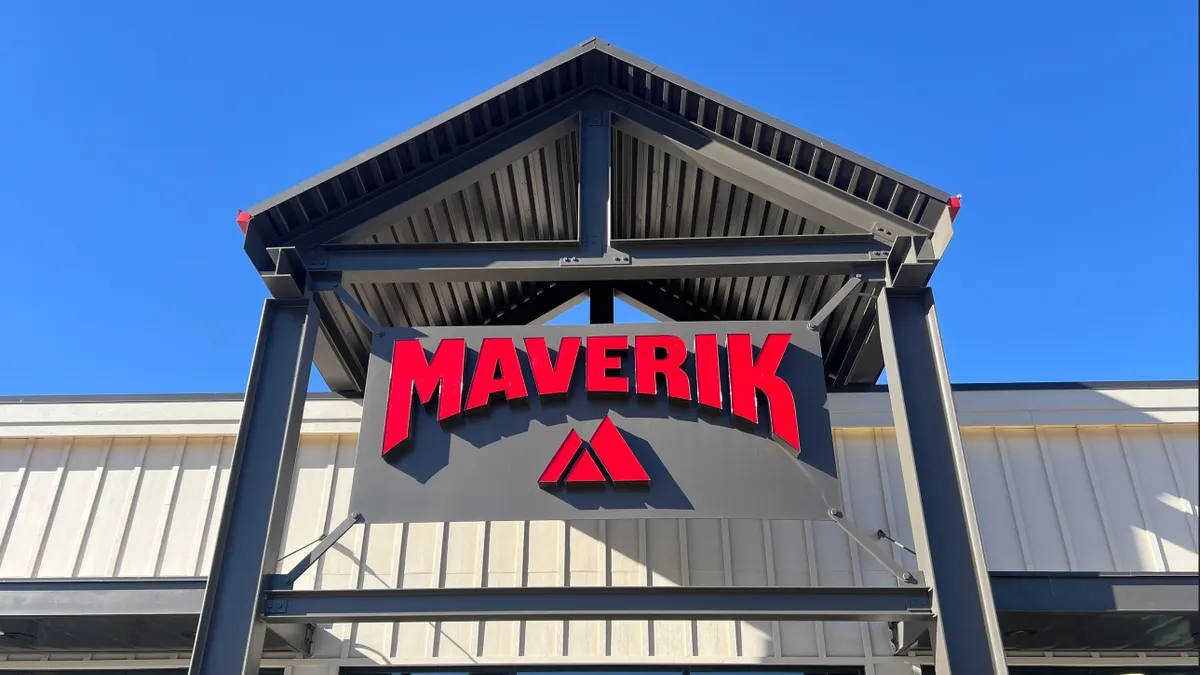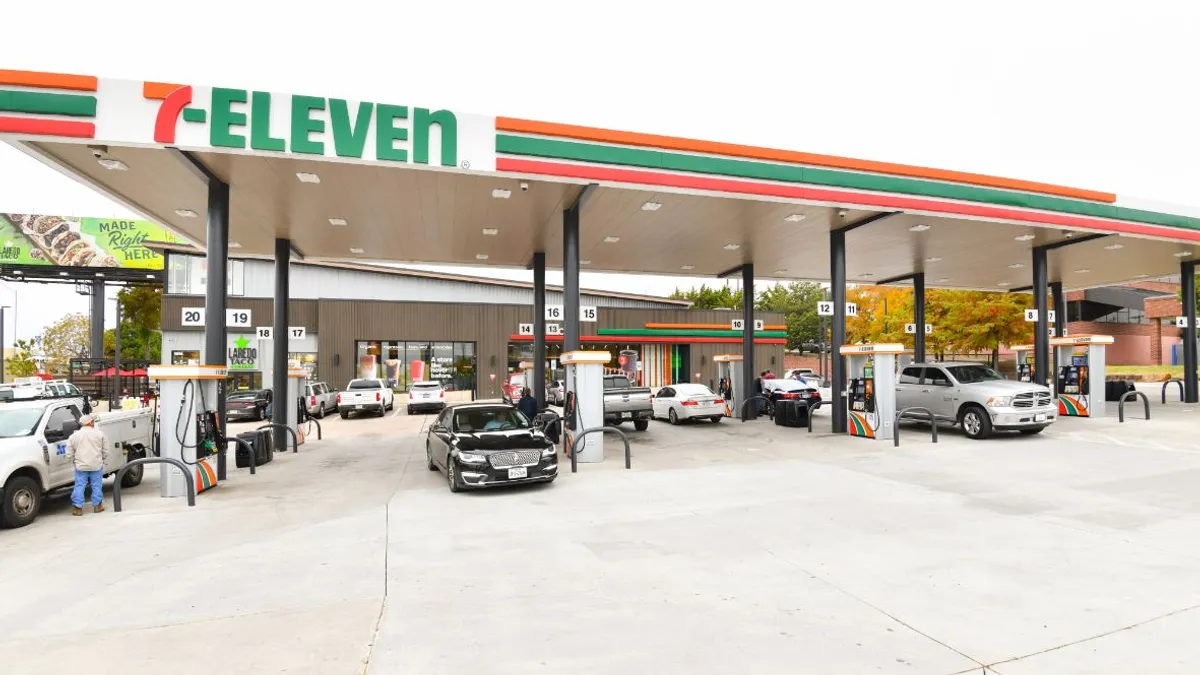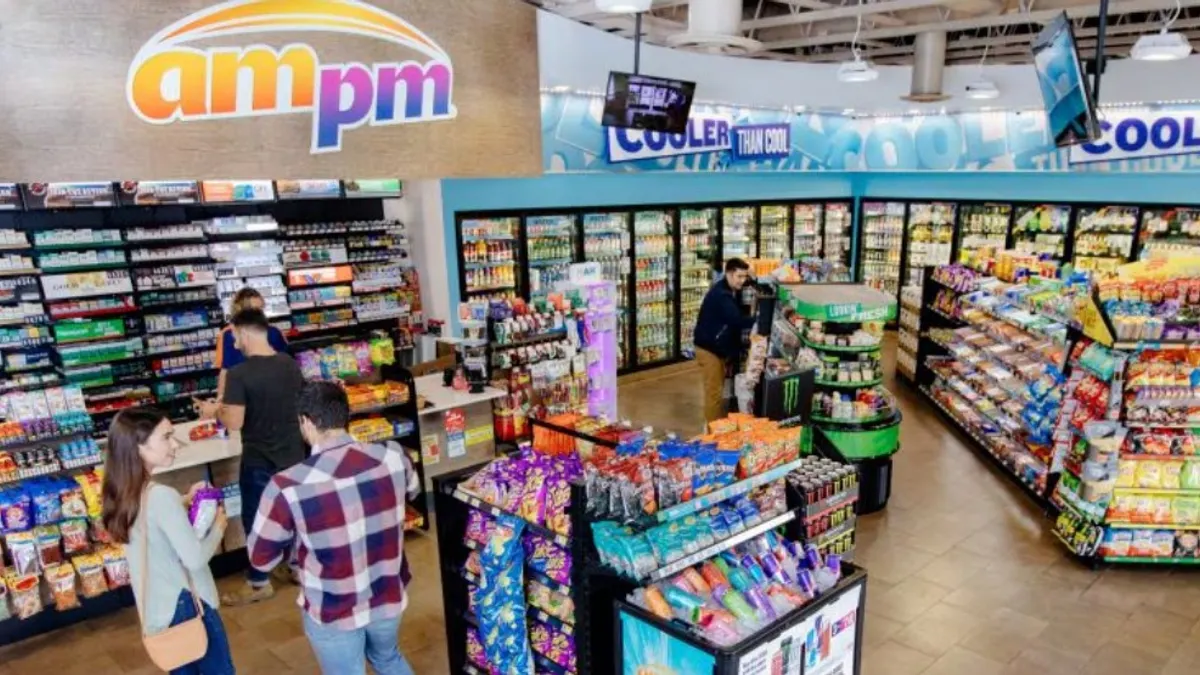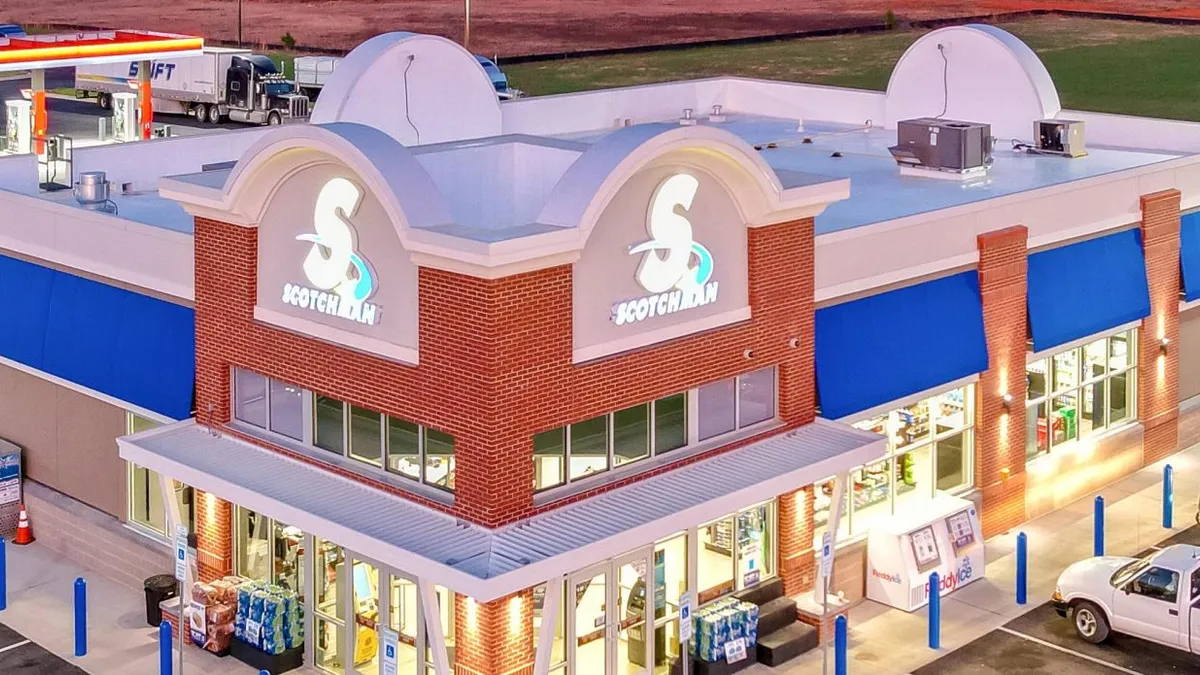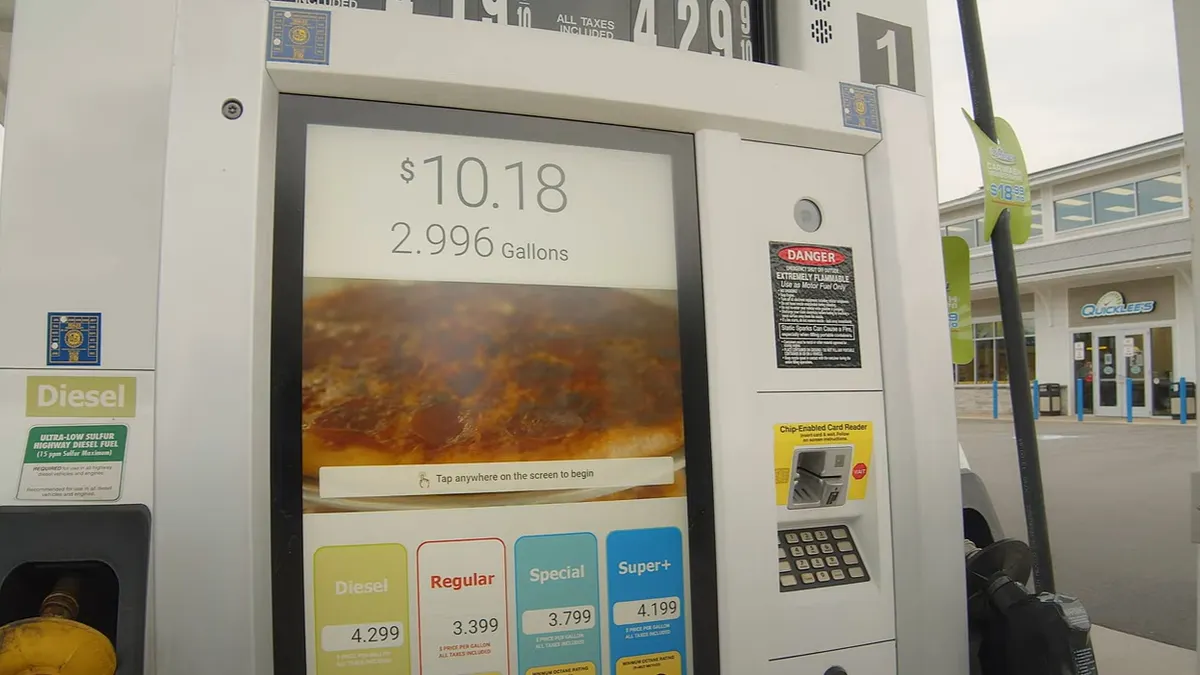Early in his career, Aaron Nelson, director of account management for CAF Outdoor Cleaning, ran fuel stations. At a store one day, he saw an employee working in the forecourt without safety equipment. He mentioned the issue while talking with the store’s manager, but then turned his attention elsewhere, he said during a panel on safety at the 2025 NACS Show.
That worker later got injured.
“Why didn't that employee care about her own safety? Well, it was probably because the store manager never talked to her about safety,” said Nelson. “And why didn't the store manager talk about safety? Probably because I never talked to her about safety.”
Safety plans and regulations are important but become useless without buy-in from employees at every level. This can be hard because safety risks are often what Nelson called a “Bigfoot issue” — something workers hear about but may never experience firsthand.
Helping training to stick
Holiday Oil has a full-year safety training calendar, explained Adam Walker, the chain’s director of operations, during the panel. Every month, the Utah-based 75-site company focuses on safety in one aspect, such as how to correctly lift items and what to do in the event of a burglary or shooting.
Travel center company Pilot produces videos that don’t just encompass physical safety, but also digital safety as well as the psychological well-being of its workers.
“We're used to seeing [the store], and this tunnel vision slowly starts to form. But as we create multiple perspectives looking at the same store, it becomes easier to see if a store is maintaining the standards.”

Adam Walker
Director of operations for Holiday Oil
“Having those solid plans in place means a lot,” said Mark Sorine, vice president of safety and security for Pilot, during the panel.
It’s important to make the consequences of inattention clear. Nelson recommended sharing real-world examples to help workers see how failing to adhere to safety protocols can impact them personally.
Retailers also must reinforce the training requirements regularly. “If they are not called upon to utilize that training, they lose it,” Nelson noted.
Holiday Oil has safety checklists that workers at every store need to go through daily, said Walker. This includes taking pictures of key areas of the store or property, so if an accident happens there’s a record of how the area looked and if safety rules were being followed.
“Talk about it the right way, do it the right way, your employees will remember it, and they will act on it,” said Nelson.
Prevention is key
In addition to regular training, Holiday Oil has regular inspections from different groups within the company, like managers from other districts and its operations team. Its insurance provider also performs up to six unannounced site visits per year, highlighting areas that are up to standard and those that need improvement.
All of these inspections help Holiday avoid complacency.
“We're used to seeing [the store], and this tunnel vision slowly starts to form,” said Walker. “But as we create multiple perspectives looking at the same store, it becomes easier to see if a store is maintaining the standards.”
For stores in colder markets, the company also inspects forecourts every spring to catch damage from freezing and thawing before it can turn dangerous.
It’s important to keep an eye out for new hazards as well. At some of Holiday Oil’s stores, puddles formed in front of coolers after pieces of ice fell from bags accidentally. The melting ice caused multiple slip and fall accidents, so the company added mats in front of those coolers to improve traction.
Pilot has given employees a more proactive role in addressing issues before they become problems. Its “No Walk By” challenge invited workers to find hazards in their stores, then correct and report them.
“We've had over 22,000 hazards reported to our organization that they corrected in stores.” said Sorine. “So it's been a really big hit.”
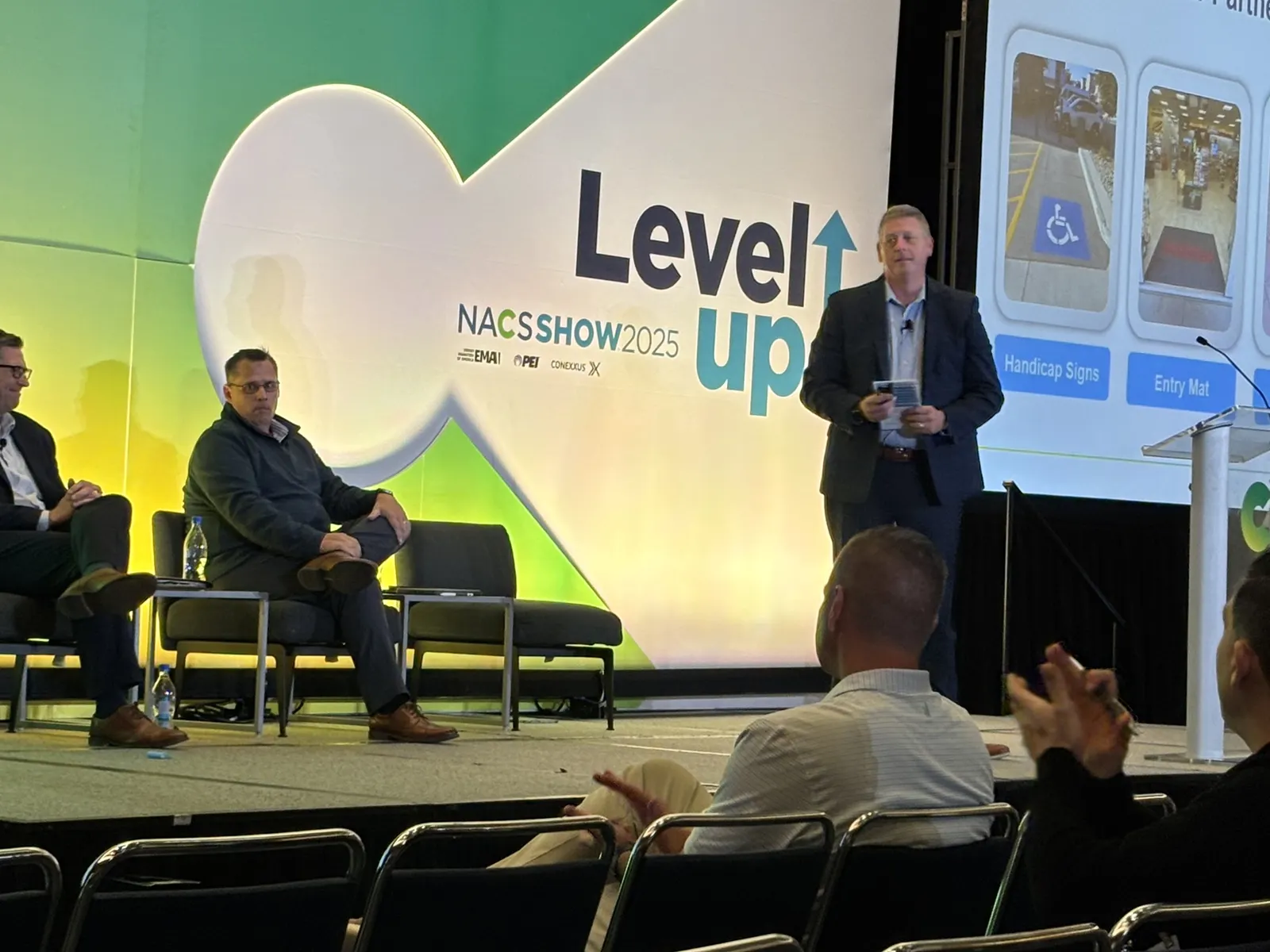
When accidents happen
Once accidents do happen, retailers need to build a culture that takes accountability.
“What did you learn from an event when it happened?” asked Sorine. “How did you share … actions taken and lessons learned across your organization to prevent reoccurrence?”
Having trained contractors can help. Holiday Oil partnered with a Salt Lake City company that takes point on all of its accidents. If something goes wrong, workers hit a button and reach a 911-certified operator who can help them determine what steps need to be taken, talk them through first aid and call fire and EMS personnel if needed.
Once the incident is resolved, that point person sends a report to the company about the incident. Employees are also asked to take photos of the incident area and retain security footage so the company can understand what happened and see if it needs to make changes to training or operations.
Pilot has tested a similar program that provides a nurse on call who stores can reach via an 800 number to get injuries evaluated. The nurse can triage the injury, instruct the store on whether they need to take the person to urgent care or an emergency room, and even write some prescriptions. That program is preparing to roll out company-wide.
Pilot also has a core safety team that reviews every guest and employee injury each week to determine if the event had a one-off cause or indicated something more systemic. For example, workers reported a number of injuries from box cutters on days when stores got deliveries. Seeing this, the company sent out cutters that had a recessed blade.
“We rolled that out about four months ago, and we've only had one cut injury since then,” Sorine said.
Retailers may also want to take advantage of vendor expertise in specific areas. For example, Walker said a customer slipped and fell when the paint on a handicapped parking space got slick in the rain. Holiday Oil called the company that does its parking lot striping to see if they had a suggestion on how to address the problem.
“We decided to go with a compound called shark bite that can be added to the paint as they're putting it down,” said Walker. “That gave the paint more of a grip, which made it more safe for customers to walk across while it's wet and snowy.”


